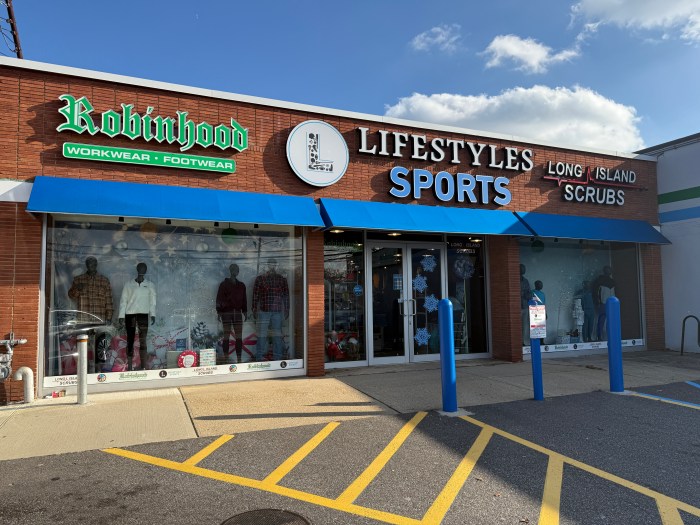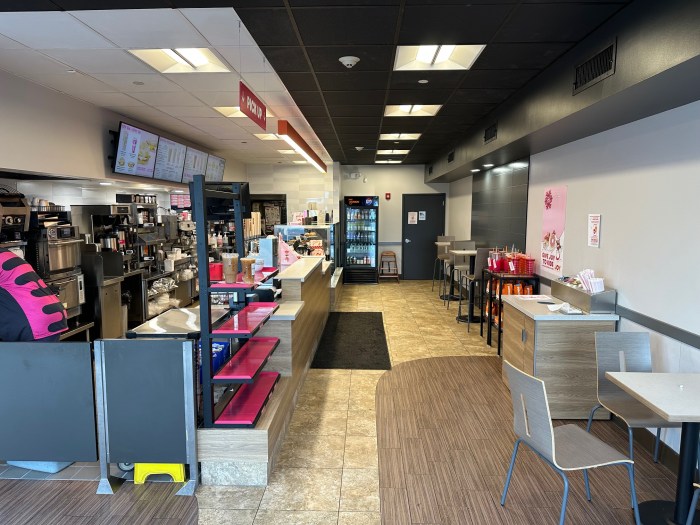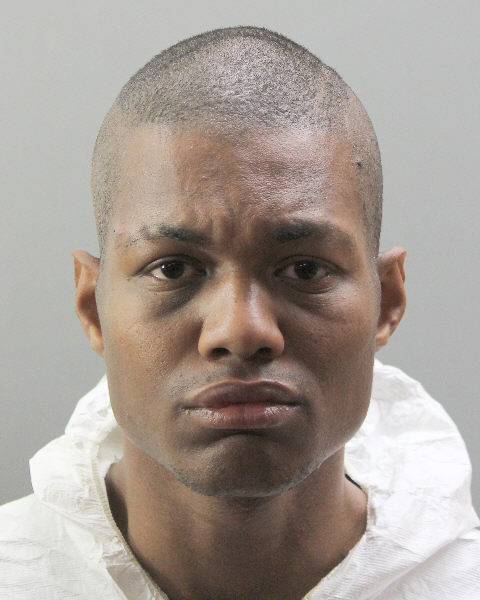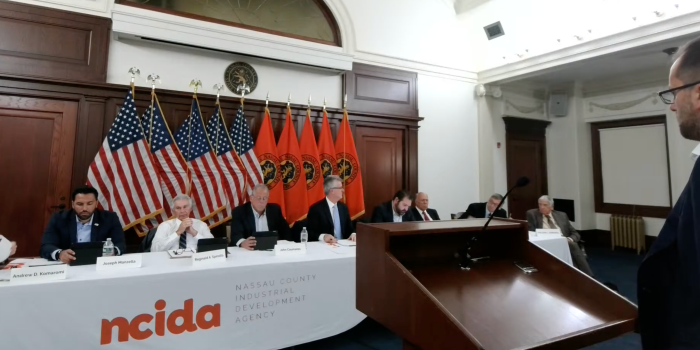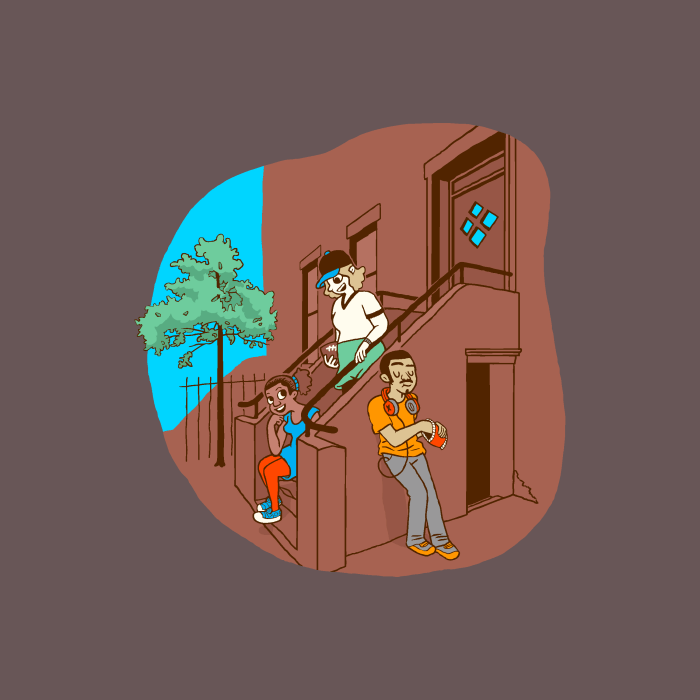If the multi-colored Skittles were a clever planted prop, I’d have to say the all natural Snapple was a masterful addition. And even if the hooded sweatshirt was pure white and angelic like snow, it would have done very little to mask those eyes; yes, those deep menancing eyes, which were only a shade lighter than his dark intimidating skin. The eyes peering from that oversized hood betrayed any facade of innocence, possibly afforded by youth.
One look at Mr. Trayvon Martin, and any good-hearted American should see beyond the young man the media has manufactured as the story of the moment. One close look and you’ll see him for who he was and the statistics he represented. African Americans make up less than 14 percent of the free population, but close to 40 percent of the prison population. It’s reported that 93 percent of black murder victims will be murdered by people with skin the same color as theirs, which is further evidence of their inherent aggression and violent ways. It only takes one glance at the television or a quick listen to the latest rap song to see how deeply entrenched many of them are in drugs and the gangster lifestyle.
And as more details about Mr. Martin are revealed, it becomes even more obvious that he was no different than the countless other misguided youth headed down a very dangerous and destructive path. After all, he had been suspended from school in the past for possessing a trace amount of weed (a known gateway drug). So clearly we can see, it wasn’t a question of if he was going to hurt someone, but rather when. It appears that Mr. Martin was nothing more than the stereotypical African American male.
For as much as the media has tried to assassinate the character of George Zimmerman, one cannot dismiss the fact that he was raised by a good white father. What do we know about Mr. Martin’s upbringing, other than the fact that he lived in a two-parent household, which isn’t the typical upbringing for most blacks. With the murky details about everything that led up to the “victim’s” death, along with his own culpability, what we’re supposed to believe is that this young man was as innocent and sweet as the candy inside of his pocket. Silly us.
But, unfortunately, we already know all these statistics, and I’ve heard this story too many times before. Approximately 20 years ago, the backdrop was Bensonhurst, Brooklyn and the African-American youth was a 16-year-old named Yusef Hawkins. Reportedly, he was killed while he was “innocently” walking through a neighborhood where he didn’t live, supposedly looking for a used car. The Mississippi slaying of Emmitt Till, in 1955, replaces the Snapple with some soda pop, but still follows the same theme: “Innocent” black boy killed after wandering into a neighborhood where he didn’t live. All of these situations begs one to wonder why these “victims” didn’t just stay in their own communities. Surely, there were used cars, Snapples, soda pop and Skittles where they lived. What did they expect when they wandered where they didn’t belong?
But, what we fail to acknowledge is this audacity to hope. Amongst the African-American community there is this hope and belief that regardless of what pre-conceived feelings may exist about them as a people. Individually, they should be judged by their own merit. The election of Barack Obama furthered a belief that in America everyone should be afforded the same freedom, equality and opportunity for success. A belief in a meritocracy.
Furthermore, there’s an audacity or belief that educational institutions should be equitable, and all communities should be safe and free from poverty, crime and drugs. There’s the audacity to believe in an American dream that promises freedom and equal rights for all, as well as due process of the law, regardless of gender, race or creed. This is an audacity that begs one to look beyond the color of Trayvon’s skin and ask should any youth be stalked like a criminal and confronted without reason?
But to ask that question, you would have to peer back into those same eyes with an unbiased glare. Yes, those same sad eyes that seem to ask fundamental questions on race our society would prefer to avoid. What justification is there for any unarmed youth to be killed, and for his murderer to not even go on trial and be judged by a jury of their peers? Why is the life of a black youth reduced to a discussion about the crime and murder rates plaguing the African American community, when his killer hasn’t even been brought to justice? Why do we attack the character of the victim when it’s a person of color (when the victimizer is white), purposely blurring the context of the crime?
What killings like this force society to realize is that racism, injustice, and victimization are not just words that are liberally spewed through the lips of disheartened black people with a conspicuous expectation of entitlement. It’s their unfortunate reality and the basis for Trayvon’s untimely demise. He wasn’t the first victim and he surely won’t be the last. But even as this happens over and over again, as a people, they remain resilient, as they chase an American dream that has been proven to be obtainable for some, but has become a nightmare for many others. Just when you’d think they’d be broken, disheartened and dismayed, they still manage to dream, to aspire, to believe that freedom, justice and equality are still obtainable. The audacity to hope.
Moses Miller is a youth mentor, motivational speaker and the critically acclaimed author of several novels and motivational books including The Trifling Times of Nathan Jones and The Barack in Me. Through educational programming, Mr. Miller plays a role in boosting the literacy rates amongst our youth and nurturing the development of upstanding individuals. For more information, visit MindCandyMedia.com or Amazon.com for descriptions on his literary works.




